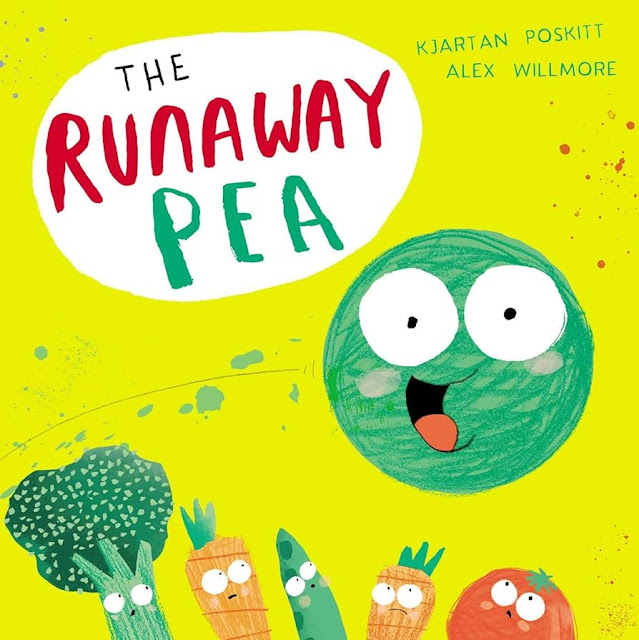Cuteness has infiltrated our lives!
 |
| smv.org - Getty Images. |
The power of cute culture is here, persuading us to forget the details and dangers of our impersonal world and tugging on our heartstrings from every corner of our daily lives and, of course, our picture books.
 |
| Ten Minutes to Bed Little Dragon - Rhiannon Fielding - illustrated by Chris Chatterton |
In the 1940's, the Austrian zoologist Konrad Lorenz suggested that a combination of a big head, with large eyes and fat cheeks, stimulated a response in humans attributed to 'care taking' behaviours, the feelings that make us "coo" and "ahh" at our babies and prompting feelings of affection and the desire to nurture and care for them. As well as human babies Lorenz also included puppies, ducklings and other baby animals in his theory.
 |
| Kewpie doll - from the Japanese mayonnaise brand Kewpie |
As picture book illustrators, when drawing up and inventing new characters, we want to imbue them with a level of appeal to elicit those feelings of empathy or compassion in the reader, to create a character the reader warms towards and cares about, however subtle that may be. So there is no surprise that characters in picture books often inhabit some of the characteristics Lorenz sited in his research, the big eyes, big head on a chubby body. Cute!
The idea of cute extents into inanimate objects too. Aesthetic standards can be applied to anything by adjusting the size, shape and colour.
 |
| Cute star shape |
The origin of the popular culture of cute stems particularly from East Asia. In Japan the culture of cuteness is known as kawaii, which translates as "cute", "Tiny" or "lovable". The aesthetic of Kawaii being bold thick outlines, cartoon-like rounded eyes with concentrated features similar to those described by Lorenz.
 |
| kawaii style Shiba Inu |
In Japan, Kawaii takes on a whole new level and is everywhere. A walk in a Japanese city will surround you in a sea of Kawaii, from food packaging to shop signs, with cute characters adorned on trucks, trains and aeroplanes, even building sites employ a level of kawaii, like these construction barriers to keep the public safe.
 |
| Unconstruction! Building work barriers, Japan |
 |
| Hello Kitty |
 |
| Kumamon statues in Kumamoto, Japan. |
To promote the new train line a black bear mascot was created in the form of 'Kumamon', now famous across the whole of Japan and now known world wide. When you visit Kumamoto you will want to include Kumamon Square on your tour of the city. If you visit during one of the designated times on the mascot's busy calendar, you can meet him!
Before we get lost in the all the wonders Japan has to offer that's kawaii, we're boarding the speeding bullet train back to the UK for a browse around the bookshop at picture books we might consider on the spectrum of kawaii and whose characters express a level of 'cute' akin to their friends in the East.
Here are a few picturebook covers to tug at your heartstrings...
 |
| Sparky Fox - Matilda Rose - Illustrated by Tim Budgen |
 |
| The Bunny Who Came To Breakfast - Rachel Davis - illustrated by Mike Byrne |
 |
| The Runaway Pea - Kjartan Poskitt - Illustrated by Alex Willmore |
 |
| Pugicorn and the Lovebug - Matilda Rose - illustrated by Tim Budgen |
For more kawaii delights, visit "Cute", a new exhibition exploring the irresistible force of cuteness in contemporary culture. This show considers the cultural phenomenon of how cuteness has swept the world, including its slightly darker edges. Cute is at Somerset House, London from 25th January to 14th April.
***
Garry Parsons is an illustrator of children's books - @icandrawdinos garryparsons.co.uk



4 comments:
Interesting post - thank you. I'll be honest I find some of these 'cute' images a little annoying. I prefer my critters to be anatomically correct. Many are already cute enough just the way they are.
Thanks Lynne. The 'Cute' phenomenon in Japan is on a whole other level than it is in the West and of course it might not be everyone's cup of tea, but its undercurrents are undeniably everywhere, especially on our social media. What fascinates me is about cute culture in a broader sense is where it sits in a world that can often feel threatening and act like a soft counter to reality.
It's fascinating, isn't it! I'm surprised manufacturers don't use cute more in the UK. Think of all the Henry Hoovers sold because they had 'cute' added! The art used in picture books is fascinating, too, in that tastes vary so much around the world. I guess that the appeal of cute is pretty international and transcends different tastes, so it's a winner.
Yuk. It all seems so plastic. Horrible, reminds of those syrupy Youtube videos of baby kittens seemingly making friends with the family's large Alsation. Little kitten prodding, and pawing, and rolling aound, as the dug stares fixedly at the camera with what looks like a why are you putting me through this sh*t... all for some more likes and subscribes from collective mugs.
Post a Comment